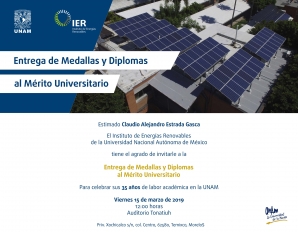Alejandro Ayala-Cortés, Camilo Alberto Arancibia-Bulnes, Heidi Isabel Villafán-Vidales, Diego Ramón Lobato-Peralta, Diana Cristina Martínez-Casillas, and Ana Karina Cuentas-Gallegos
Abstract
Agave angustifolia leaves and tomato pruning biomasses were processed into carbon materials by solar pyrolysis. The influence of temperature and heating rate was studied in the physicochemical properties of the obtained biochars. The characterization techniques include elemental analyses (CHONS), physisorption to determine surface area by BET and DFT models, and capacitance values were determined by cyclic voltammetry as the electrochemical technique. It was found that for both biomasses, temperatures below 900°C are beneficial because more homogeneous and porous structures are obtained. The highest values of capacitance and surface area were obtained for tomato carbons at 450 and 600 °C, respectively. REFEREN

